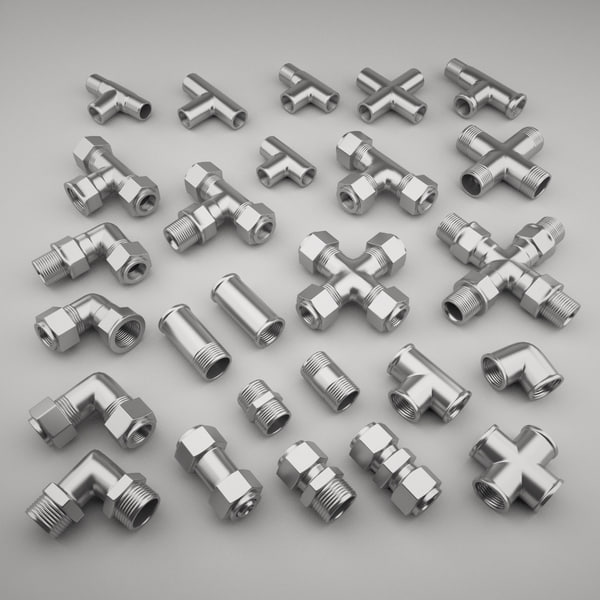
But it’s a useful control and actually makes a good bit of difference in the sound. Since this last control actually is part of the piano model(or so I would guess), I’m not sure why it was included in this section. On the right side is a decent reverb to give you that subtle room sound, as well as your options and the ability to control how open the piano lid is. In the middle is a representation of the pedals, along with volume, stereo width, and the ability to control how much dynamic range is available while playing. On the left, there is an EQ that controls the overall tonal balance, as well as a velocity grid that lets you change the response to your keyboard and playing. It’s a hard one to understand, but basically(if I’m getting this right!) it causes overtones to double in frequency when the loudness and velocity increases.įinally, the bottom three sections let you control the non-modeling aspects of the sound. Then there’s the elusive Quadratic Effect. Control over both string resonance and total resonance of the piano body is included here. You can also adjust piano size(ever want a 30 foot long piano?), as well as the amount of resonance that is present in the sound. Q Factor controls how fast the overtones die down. Cutoff controls the frequency at which the overtones are cutoff. Impedance controls how quickly the piano dampens the sound over time. I had fun playing with this one!ĭesign– This section gives you control over the physical characteristics of the piano. The Character control is interesting as it causes variations in the overtones. You also have the ability to control how much hammer sound is heard, how “soft” the soft pedal makes the sound, and the Character of your sound. The fine tuning of these controls is what will ultimately be the basis of many of your variations. You have control over the hammer hardness at various velocity levels, as well as control over the first eight harmonics of a sound(raise or lower them as you wish). Voicing– Most of your major tweaking will be done here. Finally, the direct sound duration controls the length of the initial attack of the sound, although it is also linked to the hammer controls and unison width. You can also change the unison width here, which is the tuning between strings of a single note(which is the exact recipe for a honky-tonk piano), and octave stretching, which can change the frequency range that an octave takes up(to put it simply). Scala files are also supported if you want to load your own custom tunings into Pianoteq. Tuning– Here you have the ability to change the diapson(frequency base/overall tuning) of your piano, as well as select from a number of temperaments. The top three sections give you direct control over the actual model itself.
#Data and model coupling pianoteq manual
Fortunately, the manual guides you through all the controls to give you a general understanding of how they work.Īs you can see, the interface is divided into six distinct sections. These controls go deep into the design of a piano and will only make sense right away to a piano tuner. The first thing you may notice is how many controls on Pianoteq you may not be familiar with. The interface is simple and easy to tweak. Some of the controls are covered by panels that slide out of the way. Upon opening Pianoteq, I was greeted with a very pleasant interface. It also loads rather quickly, another welcomed “feature” that sampled pianos don’t often give you.

Final Thoughts- One Piano To Rule Them All?Īs stated above, Pianoteq weighs in at around 15MB in size, which is very welcome in a world where sampled pianos often take up dozens of GB’s of your hard drive.Icing On The Ivory Cake- Useful Additions in Pianoteq.

Big Power, Small Size- How Does It Sound?.


 0 kommentar(er)
0 kommentar(er)
